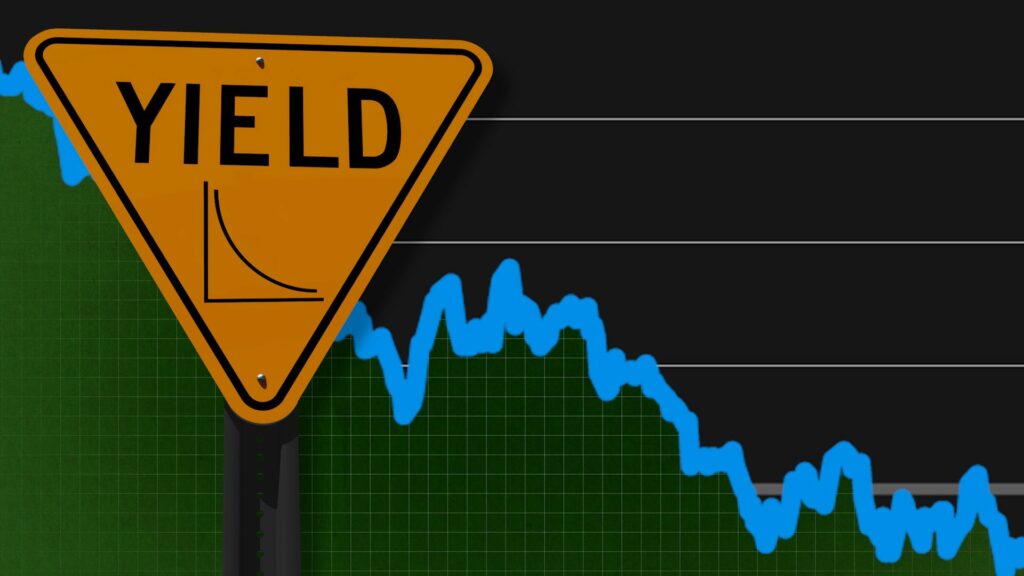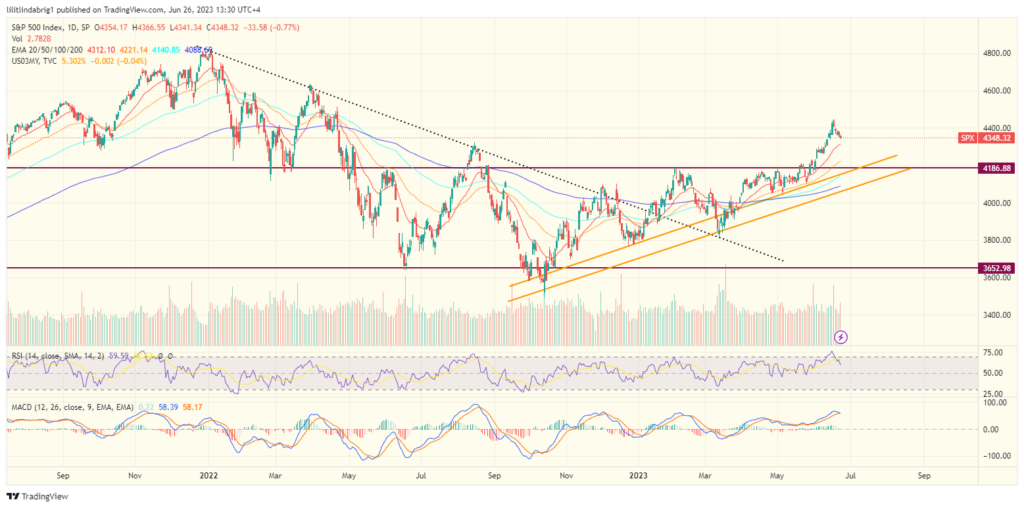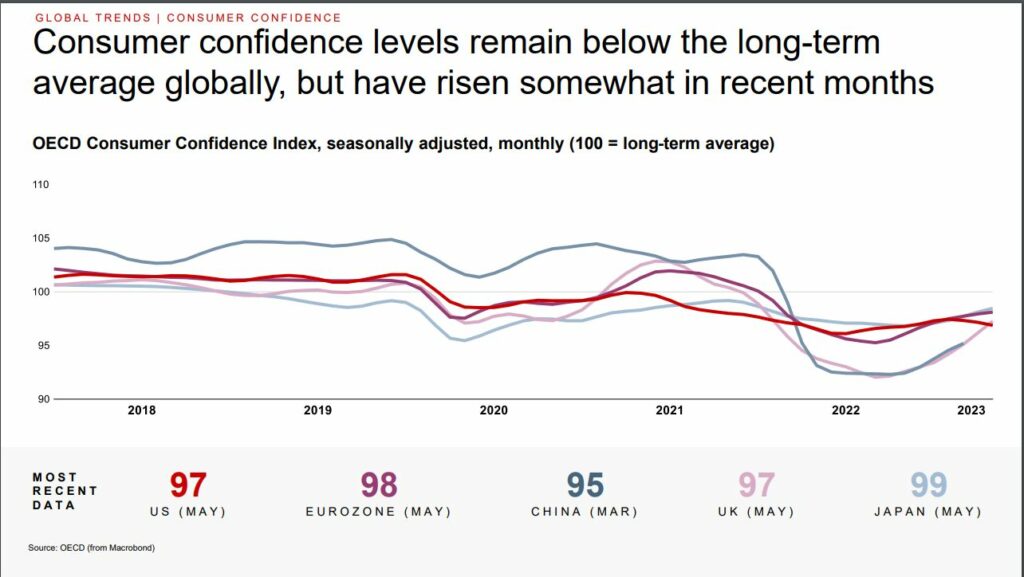
YEREVAN (CoinChapter.com) – Investors have grown to beware of the inverted Treasury yield curve, as it has predicted a recession every time for the previous 50 years. 2023 might not be an exception.
Economist polls have suggested the high likelihood of a recession in the US and eurozone for nearly a year as Federal Reserve’s hawkish moves are roiling bond and interest rate markets, putting significant stress on the economy.
Meanwhile, before diving into the current situation, it is important to understand what bond yields are and why the inverted yield curve is so prognostically relevant.
US government bond yields – why are they significant for the policymakers?
In detail, government bonds are debt securities, similar to an IOU (phonetic acronym of the words “I owe you”). Governments issue bonds to raise funds from investors willing to lend them money for a designated time. The maturity of those bonds can stretch from months to decades.
Basically, when you buy a bond, you lend your money to the government for the maturity term, collecting interest.
That annualized return is precisely what’s referred to as the Treasury yield. Typically, market participants consider traditional wealth preservation assets such as US bonds as secure investments. That’s why they offer a smaller yield than risk-on assets such as stocks.
Treasury yields as recession gauge
Typically, climbing Treasury yields indicate that borrowing is becoming more expensive. Thus, they act as a proxy for longer-term interest rates.
Moreover, the short-term bond yields and long-term bond yields tend to differ. In a “healthy” economic environment, bonds with longer maturity should grant more interest as investors take on greater risk. An inverted yield curve basically means that the long-term rate dipped below the short-term rate.
Arturo Estrella, one of the economists who noted the yield curve’s predictive power in the late 1980s, asserted that a recession typically follows a year after yield curve inversion, putting the timeline target on approximately Q3-Q4, 2023.

Also read: US Democracy in Shambles: Kevin McCarthy-led House Votes to Censure Outspoken Trump Critic Adam Schiff.
As of June 26, 2023, the yield on the benchmark 10-year Treasury note reached 3.72%, nearly flatlining year-to-date. Meanwhile, the yield on the 3-month Treasury bond added over 120 basis points (bps) and rose to 5.36%.

Meanwhile, policymakers monitor the yield curve closely as well. Dan Veru of Palisade Capital Management underscored the dissonance between Fed Chair Jerome Powell’s actions and the persistent yield curve inversion.
It’s definitely a battle between what the yield curve is saying and what Powell is saying. Unless there’s some bi economic disclocation with broad ramifications for demand, I see they’re going to keep interest rates higher for longer.
he said in a recent interview to CNBC.
The stock market slid 2% in 10 days
The erratic inverse correlation between the stocks and the US Treasury yield has been validated once more in the past ten days, as the stock market index S&P 500 (SPX) lost 2%, sliding to 4,348 points.
The most likely cause for the worst in 8 previous weeks is investors desperately buying government bonds for their safety regardless of the yield being lower than inflation expectations.

The likely short-term target stands at 4,306, or 1% lower, at the previously established support/resistance relevant since 2021. According to Bain&Company’s Recession Watch report, the consumer confidence levels in the US remain at historic lows, confirming that fear is one of the reasons behind the Treasury yield climb.

Also read: Stay away from US bonds — expert warns as debt crisis looms.


